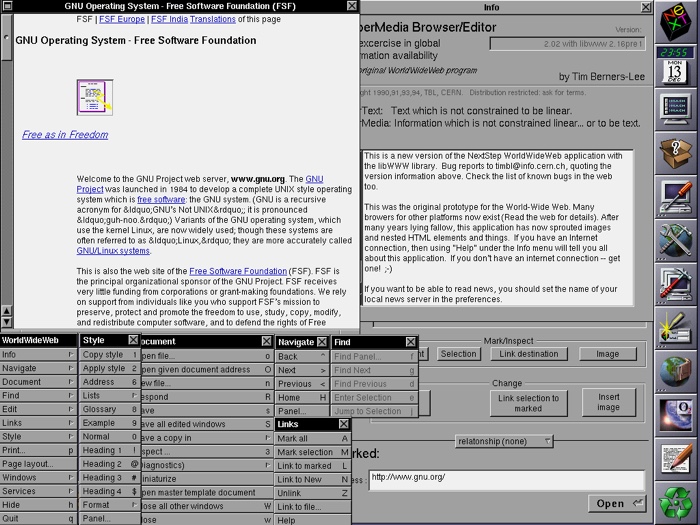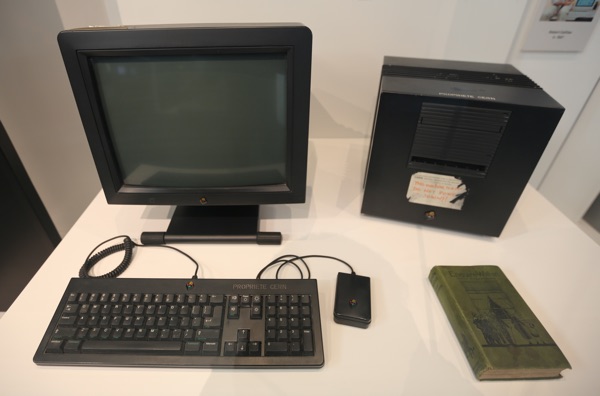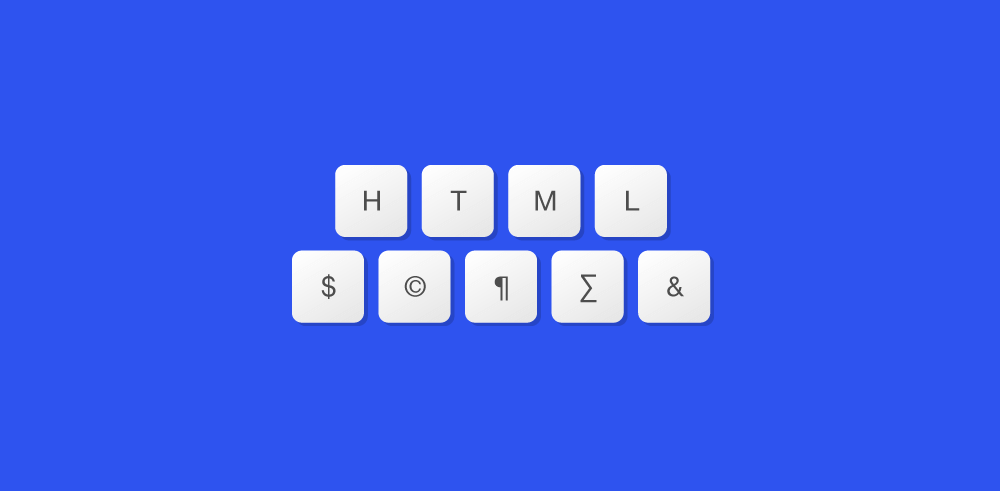The world’s first web software wasn’t a single program. If we were to narrow things down, the first web browser (WorldWideWeb now called Nexus) and the first web server (CERN HTTP) would together qualify as the world’s first software for the web. Both the programs were developed by Sir Tim Berners-Lee at CERN, the physics facility were the web was invented.
You see, the web works on a client-server architecture. Both browser and server have to exist for the web to function. One is quite useless without the other. And the first two software were created primarily on the two NeXTcubes that Berners-Lee had in his lab at CERN.
Sponsored Links
The NeXTcube was a high-end computer made by NeXT, Inc., and ran the NeXTSTEP operating system. NeXT was set up by Steve Jobs after he had had a tiff with the then CEO, John Sculley, and left Apple in a huff. NeXT was later acquired by Apple when Jobs returned to his old company. So in way, the world wide web was invented on Steve Jobs computers. In addition to the web, the world’s first app store was also created on NeXTSTEP.
The WorldWideWeb browser
The world’s first web browser was quite advanced for its day. Not only could it display web pages, it had support for basic style sheets, could download and open any file supported on the computer’s operating system, implement spellcheck and more. The best part, it was a WYSIWYG editor too!
However, there was one problem with WorldWideWeb- it ran only on NeXTSTEP, the operating system of the NeXT. On 30th April 1991, Sir Tim shared the code of the program with the rest of the world. The browser was later renamed Nexus to distinguish between the network (World Wide Web) and the software.

CERN HTTP
The first web server also ran on the NeXTcubes at CERN. It was on these computers that the world’s first web site was put online on 20th December 1990. The exact page is lost though a modified copy was found on a floppy disk given by Berners-Lee to Paul Jones, a computer technologist.
The address of the world’s first site (page) was info.cern.ch/hypertext/WWW/TheProject.html.
The link still works – click to checkout the birth place the web.
NeXTcubes servers now at display at CERN
Because of their historical significance, the two NeXTcubes have now been kept at display at CERN. They haven’t been switched on and it’s presumed that some of the original code that ran the early web still exists on their hard drives.







